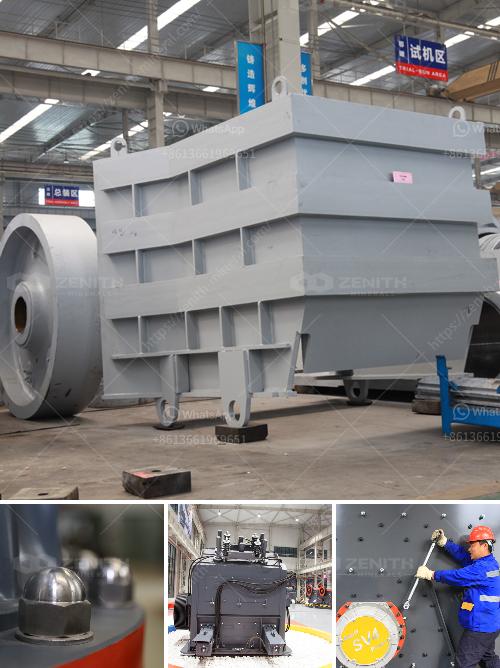Installing quarry equipment involves several steps to ensure safety, efficiency, and proper functionality. Here’s a general guide to help you through the process:
1. Planning and Preparation:
- Site Assessment:
- Evaluate the quarry site to determine the equipment needed, including crushers, conveyors, screens, and other machinery.
- Conduct a geological survey to understand the material composition and mining conditions.
- Permits and Compliance:
- Obtain necessary permits and ensure compliance with local regulations and zoning laws.
- Conduct environmental impact assessments if required.
2. Selection of Equipment:
- Consultation:
- Engage with equipment manufacturers and suppliers to select the appropriate machinery.
- Consider factors like capacity, durability, energy efficiency, and maintenance needs.
- Budgeting:
- Prepare a budget that includes purchase costs, installation fees, and potential maintenance expenses.
3. Site Preparation:
- Foundation Work:
- Prepare the foundation for the equipment. This might involve leveling ground, laying concrete bases, and ensuring proper drainage.
- Safety Measures:
- Implement safety measures, including barriers, signs, and emergency procedures.
- Ensure that the installation team is trained in safety protocols.
4. Installation of Equipment:
- Delivery and Setup:
- Coordinate the delivery of equipment to the site.
- Use cranes or other lifting equipment to position heavy machinery.
- Assembly:
- Follow the manufacturer’s guidelines to assemble the equipment.
- Secure all bolts, fittings, and connections properly to avoid operational issues.
- Alignment and Calibration:
- Align the machinery according to the plan and manufacturer’s specifications.
- Calibrate the equipment to ensure it operates efficiently.
5. Electrical and Control Systems:
- Power Supply:
- Connect the equipment to the power source, following electrical codes and safety standards.
- Install control panels and automation systems as needed.
- Testing:
- Perform initial testing to ensure all systems are operational.
- Adjust settings and calibrate instruments for optimal performance.
6. Training and Operation:
- Operator Training:
- Train the operating staff on how to use the machinery safely and efficiently.
- Provide detailed operation manuals and safety instructions.
- Trial Run:
- Conduct a trial run to monitor the equipment’s performance and make necessary adjustments.
- Maintenance Plan:
- Establish a regular maintenance schedule to keep the equipment in good working condition.
- Stock up on essential spare parts and tools for quick repairs.
7. Ongoing Monitoring:
- Performance Tracking:
- Regularly monitor the equipment’s performance to identify any issues early.
- Safety Inspections:
- Conduct periodic safety inspections to ensure compliance with safety standards.
By following these steps, you can install quarry equipment effectively, ensuring a smooth operation that maximizes productivity and safety. Always refer to specific manufacturer guidelines and consult with professionals if needed.

